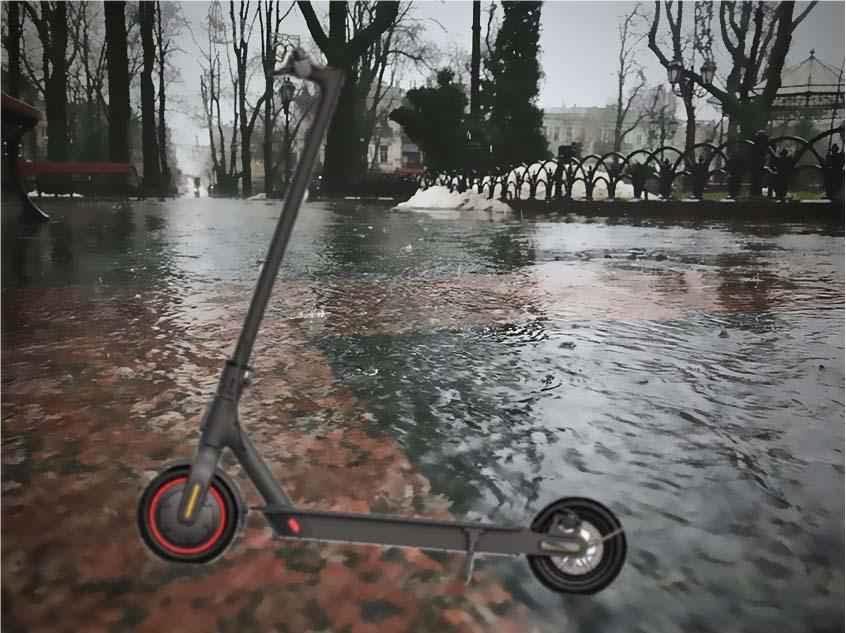
Understanding Wet Weather and Repairing Waterlogged Electric Scooters
 Choose the best parts for your scooter
Choose the best parts for your scooter
Introduction
Electric scooters have become an essential player in the green transportation movement. Among them, Xiaomi electric scooters have captured significant attention for their convenience and efficiency. However, concerns about their performance in weather conditions such as rain or snow are frequent. This leads us to ask: Can Xiaomi electric scooters get wet? While not completely waterproof, they do display varied degrees of water resistance, ranging from minor splash tolerance to temporary immersion survival. This article aims to guide you through the intricacies of e-scooter waterproofing.
Deciphering the IP Ratings
Water-resistant features of e-scooters are conveyed by an IP (Ingress Protection) rating. This rating measures a device's robustness against dust, debris, spills, and splashes. Most Xiaomi electric scooters come with a standard IP54 rating, which promises dust protection and resistance against water splashes. It makes them suitable for city commutes where users need to dodge puddles and restrict total water immersion.
Effects of Water Exposure:
The Aftermath When an e-scooter finds itself in damp conditions, the primary components at stake are the motor, battery, and electronic systems. Prolonged exposure to water can lead to rust, decreased performance, diminished battery life, and potential dramatic failures. The battery and motor are particularly susceptible, as moisture damage can result in the motor malfunctioning, leading to a loss of power and speed.
Regardless of the rating, all electric scooters should never be fully submerged in water, as it leaves the door open for potential water damage risks.
Precautions for Riding in the Rain
Engaging an electric scooter in wet weather, demands precaution. Key actions to consider include:
- Wear suitable rain gear ensuring personal dryness.
- Maintain a steady and safe speed to prevent skidding on rain-soaked surfaces.
- After a wet ride, make sure to pat-dry your scooter to remove residual moisture.
- Steer clear of deep puddles to minimize the risk of water infiltrating delicate parts of the scooter.
- Regularly inspect your scooter for signs of water damage like rust or corrosion.
Reviving Your Rain-Flooded Electric Scooter
- Cease Exposure: Relocate the wet scooter to a dry, indoor area immediately. Refrain from attempting to power up the scooter.
- Initiate Drainage: Open the deck to reveal the battery compartment, and remove any lingering water.
- Assess Electronics: Inspect the dashboard, lighting system, and the scooter's core electronic system for any residual water.
- Check the Motor: Make sure the motor is dry to prevent potential operational difficulties.
- Power Restart: Once thoroughly dry and insulated, power the scooter up again. If the scooter refuses to start or some functionalities do not operate normally, seek professional assistance.
Preventive Measures
Preventing water damage is better than having to deal with the effects. Always use a waterproof cover if parking in rain-prone areas is unavoidable. Understand the limits of your e-scooter (as per its IP rating) and stay within those. Practice regular maintenance – replace worn-out seals, keep connectors dry, and conduct inspections regularly. This will help maintain its water-resistant properties, ensuring a long life for your eco-friendly ride.
Conclusion
Encountering a downpour while on your electric scooter might seem daunting, but with a clear understanding of water resistance and adhering to a proper restoration protocol can save the day. Even when surprised by an unexpected shower, timely and appropriate measures can ensure the wellbeing of your scooter. The trick is to stay informed, take good care, and ride responsibly, regardless of the weather.